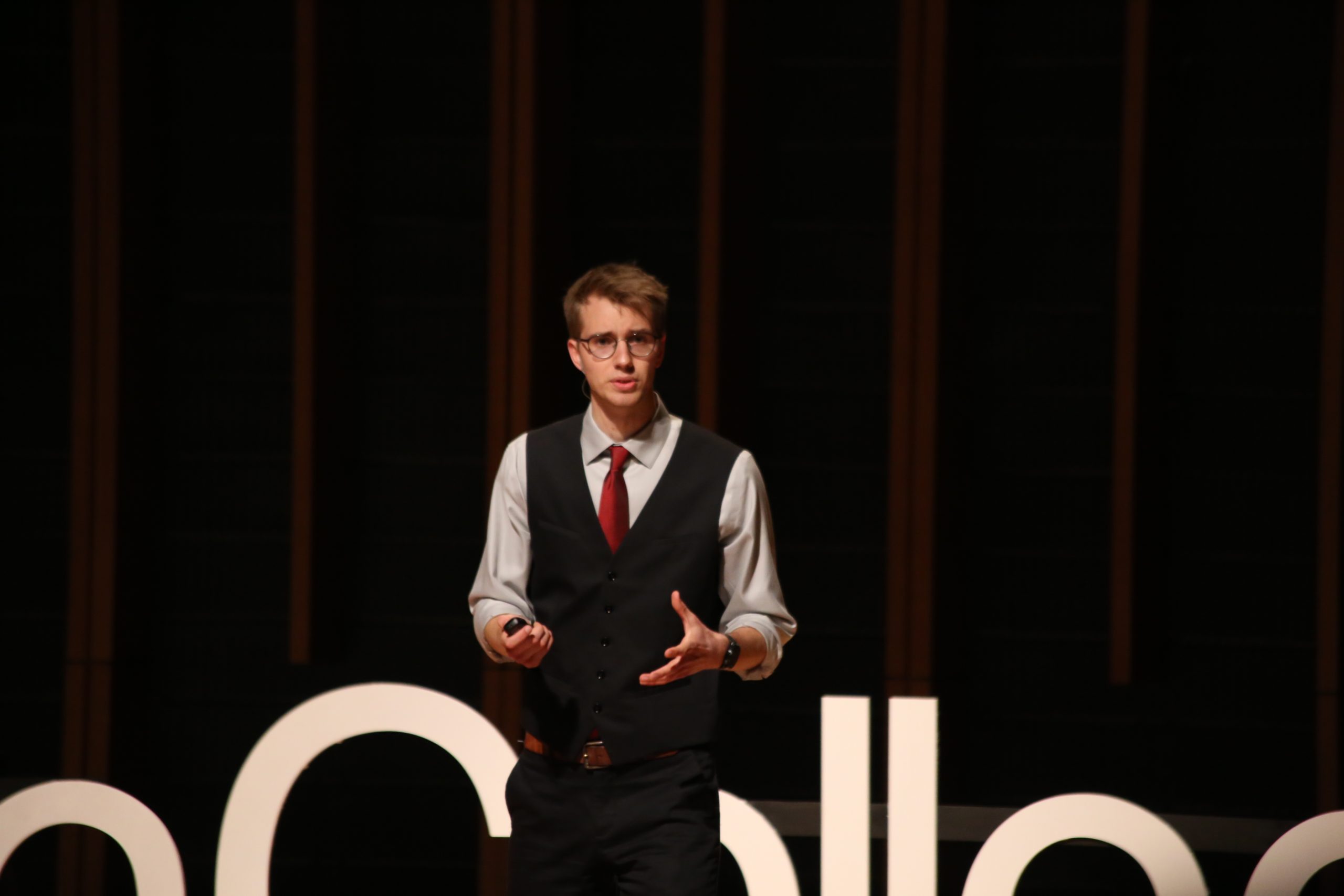About the Seminar:
Natural organic matter (NOM) is a mixture of organic molecules formed from the decomposition of biological material and can be found in the environment in soils, sediments, and water. NOM is directly relevant to both humans and broader ecosystems because it is a source of nutrients for microbes and vegetation and is also treated with disinfectants during drinking water purification. Chemically analyzing NOM is challenging because NOM is a complex mixture often consisting of tens of thousands of unique molecules ranging in hydrophobicity, acidity, size, and structure. Fourier transform ion cyclotron resonance mass spectrometry (FT-ICRMS) is often used to analyze the composition of complex NOM samples due to its high resolving power and ability to assign individual molecular formulas. However, how data is interpreted from this instrument is still being explored. To investigate what broader information can be gleaned from FT-ICRMS, D’Andrilli et. al. developed a new interpretation of FT-ICRMS data called the Molecular Lability Boundary (MLB) which serves as an index for assessing NOM lability. Lability describes the extent to which NOM can be consumed and decomposed by microbes which directly impacts carbon storage and carbon cycling. This interpretation provides a method for comparing NOM lability across disparate NOM samples. The MLB is best used when coupled with complementary analytical techniques and the limitations of this index will be evaluated in this talk.



